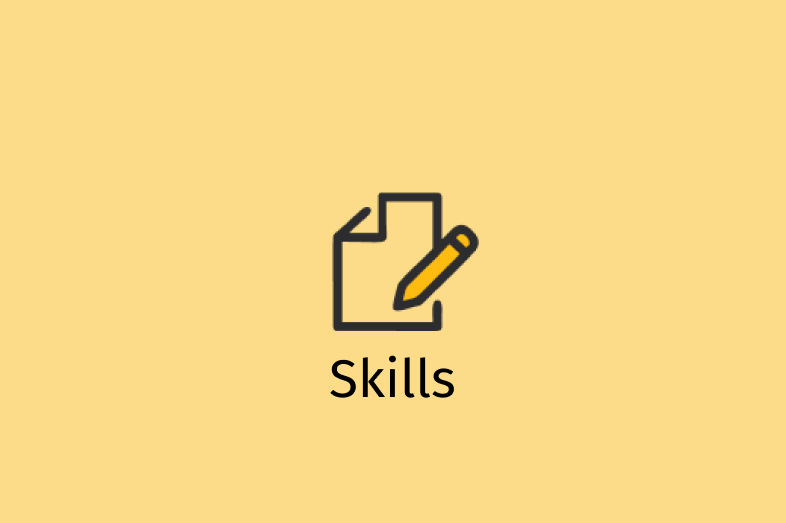

For education reporters looking for story ideas, talking to teachers is a smart place to start. That was the key takeaway from the “Performance and Perceptions: Taking the Pulse of the Profession” session at EWA’s recent seminar on the teaching profession, held last month in Detroit.
Kyle Good, senior vice president of communications for Scholastic Inc., discussed the company’s recent survey of 20,000 teachers, conducted with the Bill & Melinda Gates Foundation. Andy Baxter, vice president of educator effectiveness for the Southern Regional Education Board, also provided his own insight on teacher evaluations. The SREB consults with school districts to design and roll out policies to promote effective teaching.
(EWA’s Emily Richmond has already done a blog post of the Scholastic survey here. Her report is full of great context. And you can read the results for yourself here.)
I’m looking forward to putting a lot of this knowledge and some of these story ideas to good use — especially in Jefferson County, Colo., where teacher evaluations have become a hot topic.
Here are some of the session highlights I circled, underlined, and starred in my reporter’s notebook:
According to Scholastic’s survey, the longer teachers have been working with the Common Core State Standards, the more likely they are to say implementation is going well. But enthusiasm for implementing them is going down. That’s likely because of the uncertainty that surrounds teacher evaluations and aligned assessments.
- Teachers want more data points in their evaluations, rather than simply a numerical score or category ranking. And they want more immediate feedback.
- When it comes to finding Common Core-aligned classroom materials “teachers are intrepidly going after the stuff on their own,” Good said. That’s a story angle I’ve been meaning to explore: Just where are Colorado school districts getting their so-called aligned material and how much are they spending on what some experts suggest is of little or no instructional value?
- Teachers believe the Common Core is good for students but they’re worried about the role tougher assessments could play on students’ self esteem. There’s a nationwide expectation that student proficiency levels overall will drop on new Common Core-aligned tests. (It’s a familiar phenomenon anytime a new assessment is rolled out.) Students, already stressed by their grades, could take a lower score the wrong way.
- School districts are still struggling to match quality professional development to their teachers’ needs, as identified by evaluation data. “We don’t have answers yet,” Baxter said. This point reminded me it’s time to ask school officials how professional development practices have changed since the latest round of evaluations.
- Baxter believes the annual evaluation is a disservice to teachers. “Evaluations [in the corporate world] are not in silos,” he said. Multiple meetings, conversations, and feedback sessions make up a traditional corporate review, Baxter said. It would behoove teachers and principals to agree to more points of contact to inform an evaluation.
- When asked if she thought states and organizations behind the assessments would lower the bar to make student performance look better than it was, Good urged reporters to watch the cut scores for the new tests. “Where there is wiggle room, they’re going wiggle,” she said.
- Don’t forget about the principal. Principals are normally the people responsible for carrying out teacher evaluations, Baxter said. Find out how your local school leaders are managing running a school and keeping up with the paperwork that normally follows a teacher’s evaluation, he suggested.


